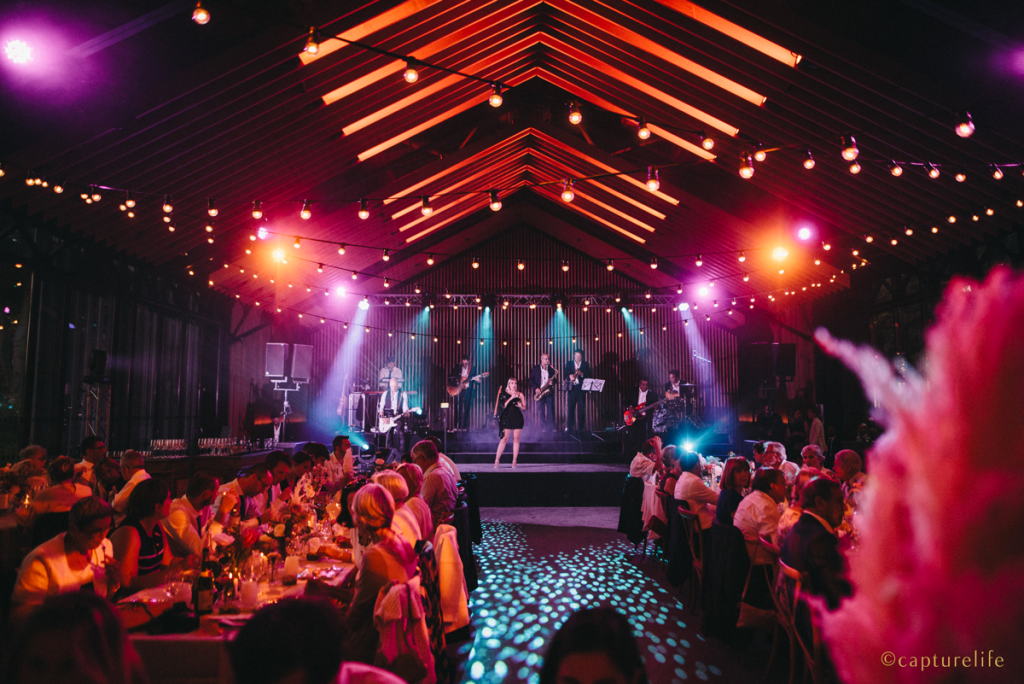In the event industry, a CRM changes everything
Although it takes place offline, the organization of a corporate event is essentially done online, via digital tools, especially CRM.
What is a CRM?
Don’t be scared off by this acronym which simply stands for ‘Customer Relationship Management’. The CRM market has become more democratic over the last 10 years.
For any event organizer managing a large number of events, a CRM appears as an ideal solution with multiple advantages.
With this type of software, you can indeed manage your sales force more efficiently by standardizing the work of your team and improving the quality of your services.
A CRM is also a simple management of your contacts and events, as well as a follow-up of your estimates which are personalized, and of your commercial exchanges. This can also allow you to have a better knowledge of your customers and to stand out from your competitors.
Finally, many estimations have been made to know the impact of an intuitive interface.
On average, a CRM dedicated to events allows you toincrease your sales performance by more than 25%. Generally speaking, it will be easier for you to calculate your return on investment, to measure the evolution of your customer portfolio or to define and measure your future objectives.

What type of company is it for?
This type of tool can be useful for any type of company in the event ecosystem; event, communication or travel agencies, venues, companies, tourist offices…
Today, a CRM is more specifically aimed at large companies. However, even a small sales team can benefit from CRM software toimprove efficiency and gain productivity.
If you are a small or medium-sized company and are still hesitating to invest in CRM software, consider the following questions in particular. Are your contacts spread over several tools? Do you use a number of applications to communicate with your prospects and customers? Do you find it difficult to organize your client relations? Is communication between your teams difficult to manage? You think you can improve the quality and performance of your customer relations? If you answered yes to these questions, then maybe it’s time to take the plunge!
What is a CRM used for?
Reduce redundant actions and save time by automating certain tasks (subscription invoices, report generation, reminders, etc.) that are sometimes repeated almost identically from one event to the next.
A CRM is also able to keep track of all your interactions with your customers. In short, you will be able to follow your client and their relationship with your project managers from their first call to the conclusion of a project.
It is certainly not a surprise if we tell you thatthe follow-up and the satisfaction of your clients guarantee the development of your company! To be effective, your customer database must always be up-to-date and accessible. It must centralize all the contact information, preferences and history of your customers.
If, like most event agencies, you manage the organization of your corporate events with Outlook invitations, a tracking file created on Excel or even a paper listing, you probably encounter difficulties in information sharing between teams and therefore in the processing of event data and performance monitoring. We don’t need to remind you that these constant changes between different types of tools are both time-consuming and a source of errorsin the data.
Client management becomes simplewith a centralization and sharing of your data. Your information is always up to date, and your sales process is accelerated and simplified. Your sales team is more efficient because each of your project managers has access to the history of the relationship with each of your clients.
Generally centered around a color code that allows you to visualize at a glance your tasks to be treated in priority, the management of tasks is thus significantly improved.
In addition, a CRM tool is often attached to e-mailing and phoning solutions integrated in allowing communication and event agencies to announce and promote the organization of events, seminars, product launches … These different features can also be used to acquire and retain your client portfolio. You canimprove your targeting and segmentation to have a greater impact in your various communications.


